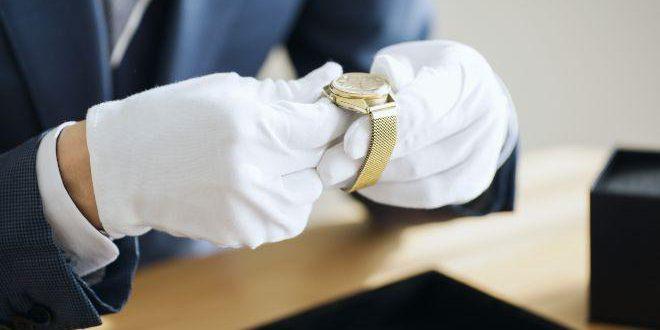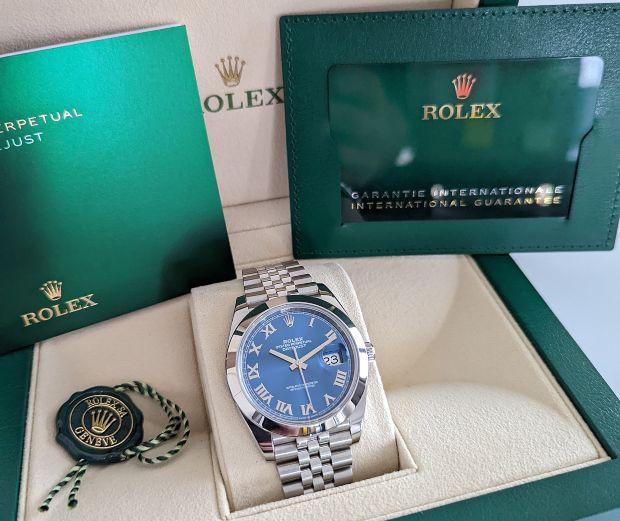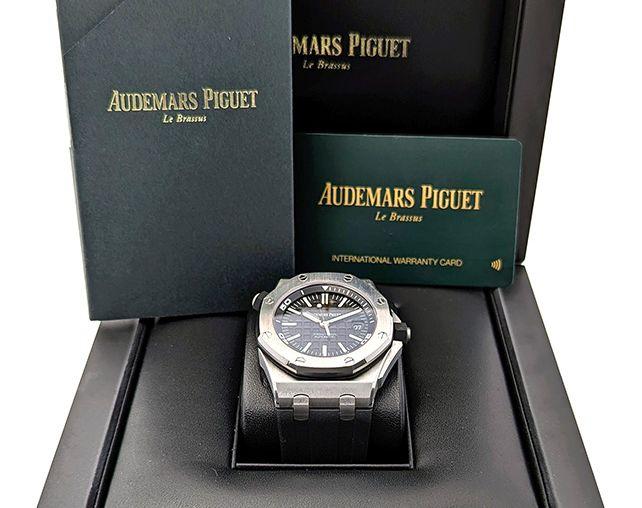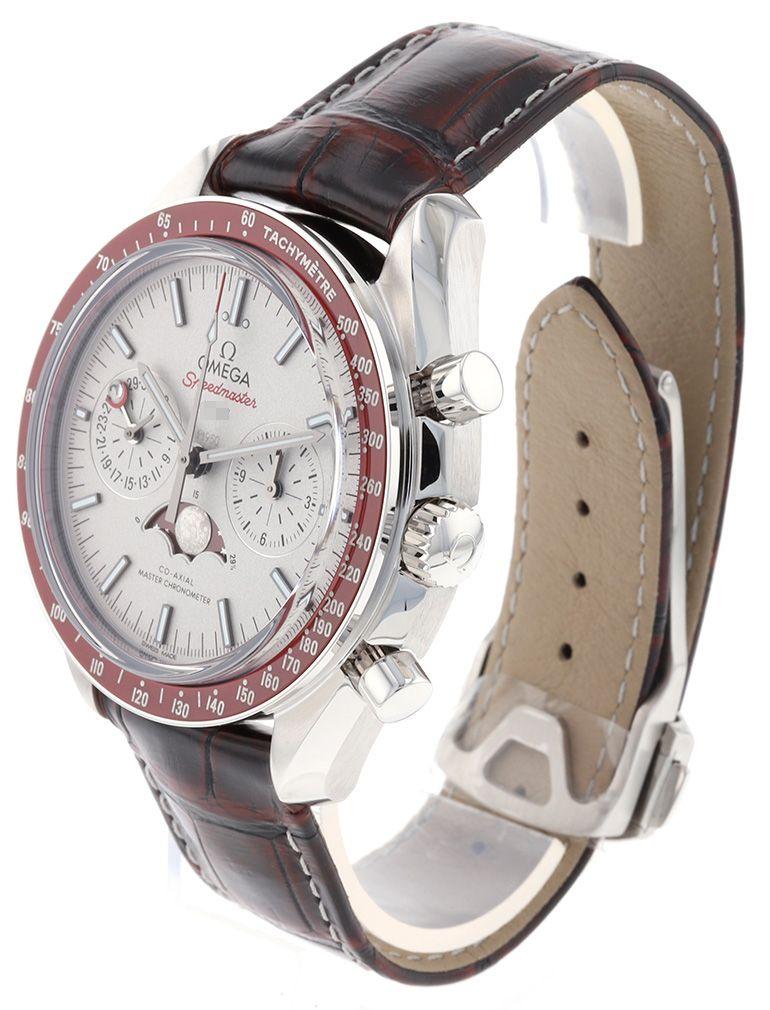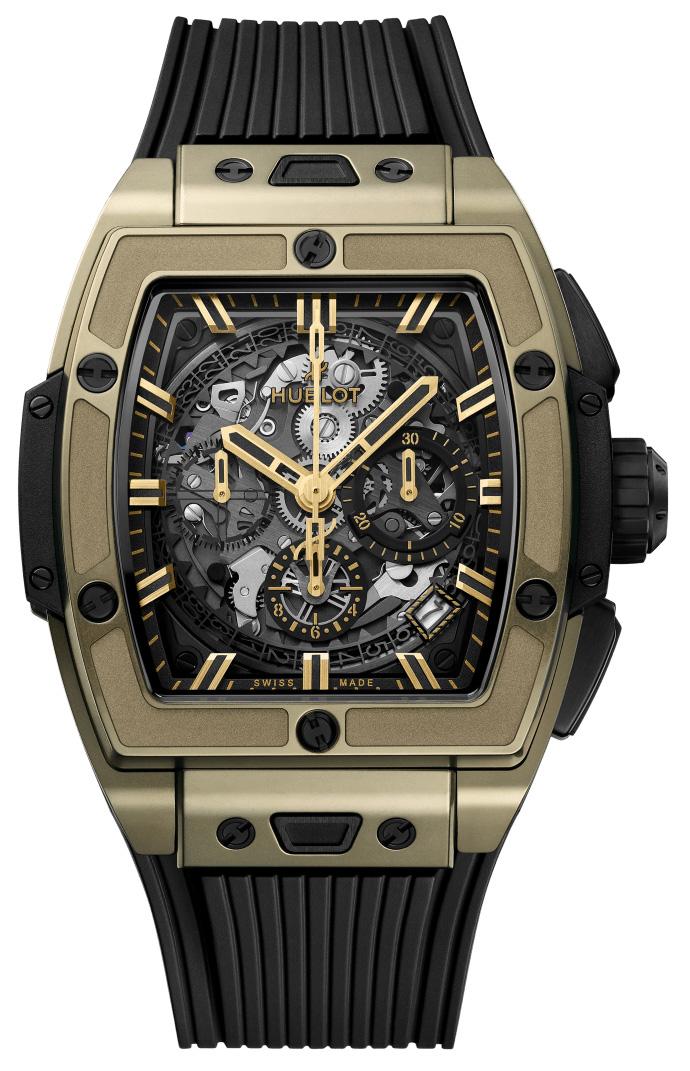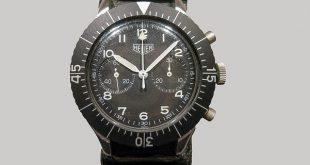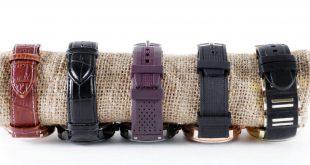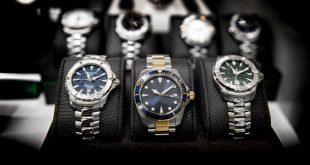New perspectives, fresh capital: Although the sale of a timepiece can be emotional, most watch collectors regularly opt for a parting of the ways that allows them to acquire new dream watches. Given the high value of luxury watches, seriousness and a fair price should be top priorities when selling. We explain below how this can be achieved with a transparent and reliable watch purchase.
Who is purchasing watches?
Anyone who wants to turn a watch into cash typically has two options: Either the direct sale or auction via an online platform such as Chrono24 or the purchase through a professional, commercial dealer. The latter can be a jeweler, for example, or an online store like Uhrinstinkt, whose business model is based on trading in timepieces. In abbreviated form, it works as follows: The watch owner contacts the buyer, gets a purchase offer and receives the estimated monetary value in return for the watch. Alternatively, many buyers offer a trade-in, which is often rewarded with bonus benefits and represents a “watch exchange” for a product from the dealer’s store (differences in value are compensated). In order to get a precise and fair estimate of the watch value, you should not sell your timepiece to just any source, but choose a buyer specialized in watches, who entrusts experienced professionals with the valuation.
When is the purchase of watches reputable?
Regardless of whether the ticking treasure is worth 2,000, 10,000 or 50,000 euros: high amounts of money are the rule with timepieces and make the seriousness of the buyer a central criterion. Anyone who has had experiences with dubious watch dealers knows that there are all kinds of risks, from knockdown prices to missing payouts. Therefore, when choosing a buyer, one should first pay attention to his reputation: Big names like Uhrinstinkt cannot afford to make any mistakes, because every unfair purchase represents a potential scandal with serious consequences for the success of the business. Providers who have been established for ten years or more create additional security.
Furthermore, the dealer’s purchase offer should be free of charge and non-binding: reputable addresses do not put you under pressure with a quick deal, but leave you free to decide whether you want to sell until you have given your explicit consent. If the buyer uses in-house experts for the valuation, as is the case with Uhrinstinkt, the central criterion of transparency is also fulfilled. In the best case, the buyer additionally facilitates the process by providing a free pick-up service, for example.
Purchase form: The first step to success
A watch purchase is reputable if it is based on a stable data basis and is not the result of a “pi by thumb” estimate. For this reason, the purchase process at most trustworthy addresses begins with a form that collects all the important information about the timepiece and incorporates it into the subsequent valuation. Uhrinstinkt, for example, asks not only for basic information such as brand and model, but above all for the scope of delivery; if the original box and paper are present, owners can expect prices that are sometimes considerably better. The same applies to unworn luxury watches, as they are often found in larger collections. Optionally, it is possible to add pictures to the purchase form, which are not mandatory, but nevertheless strongly recommended: Sharp, well-lit photos of the watch from all sides accelerate the appreciation and make the result more reliable.
In addition, Uhrinstinkt asks the owner’s asking price when buying watches, whether he or she purchased the timepiece in the seller’s online store, and what type of sale (ordinary sale vs. trade-in) is desired. While this information is not used for immediate value estimation, it can be accompanied by financial benefits for the watch seller, such as a bonus for trade-ins.
How does a typical purchase work? The example Uhrinstinkt
A transparent process is the be-all and end-all of making the purchase of watches reputable. The example of Uhrinstinkt shows how a sensible process works: After the owner has submitted his purchase form with all the data on the timepiece and personal information, the online retailer’s experts will promptly inspect the facts about the watch (and at best its meaningful photos).
After the appraisal is completed, the owner receives a non-binding offer from Uhrinstinkt for the purchase or trade-in. The offer is free of charge. If the seller agrees, Uhrinstinkt provides a pick-up service, also free of charge, which transports the luxurious piece of jewelry to the buyer by insured means. There a final appraisal of the time indicator takes place, in order to ensure that all information and pictures correspond to reality. If the check does not deliver any unpleasant surprises, the agreed amount of money is transferred to the seller’s account and the watch purchase is completed. If a trade-in was agreed instead, the amount will be offset against the new watch.
Which brands are purchased?
In addition to the question “Who buys watches?” it also plays a role which manufacturers are accepted by the respective buyer. Some providers limit themselves to the brands of their own assortment or certain price regions, while other buyers can demonstrate the necessary expertise to accept various manufactures outside of the permanent assortment. At Uhrinstinkt, for example, luxury manufacturers such as Patek Philippe, Audemars Piguet and Richard Mille can be purchased, even though they are not permanently available in the provider’s online store. In case of doubt, it is worthwhile to briefly inquire by phone or e-mail whether the respective manufacturer and watch model are suitable for purchase before the photo shoot and submission of the purchase form.
What are the advantages and disadvantages of buying watches compared to other sales channels?
As long as a watch purchase is reputable, it offers the owner of the valuable timepiece two decisive advantages over other sales options: firstly, the expert valuation and secondly, the high security of the process. Established buyers live on a certain margin by reselling the watches, so that the owner does not get paid 100 percent of the market value, but in return they guarantee a safe sale in the region of the fair market price.
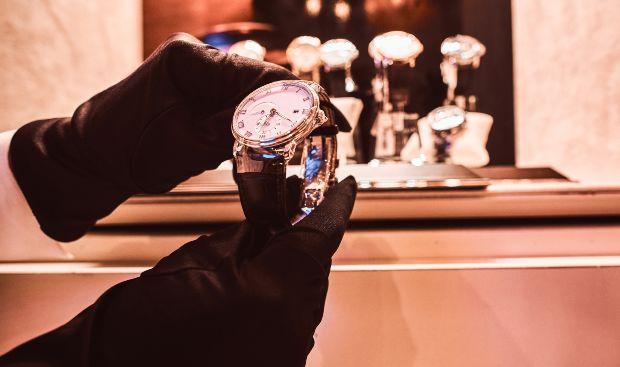
If, on the other hand, you try your luck with an independent sale or an Internet auction, you run the risk of ending up miles below the appropriate market price due to a lack of expertise. On the other hand, in contrast to a professional purchase, an independent sale opens up the chance of being paid the full value by a solvent end customer. The bottom line is that buying a watch reduces the risk and eases the nerves, but often does not bring in the maximum possible price that you could get for the watch.
 Uhrinstinkt Magazine
Uhrinstinkt Magazine
